Data Vis Dispatch, January 14: Fire, congestion, and Greenland
January 14th, 2025
11 min
This article is brought to you by Datawrapper, a data visualization tool for creating charts, maps, and tables. Learn more.
The best of last week’s big and small data visualizations
Welcome back to the 38th edition of Data Vis Dispatch! Every week, we’ll be publishing a collection of the best small and large data visualizations we find, especially from news organizations — to celebrate data journalism, data visualization, simple charts, elaborate maps, and their creators.
Recurring topics this week include climate change and war in Ukraine.
The war in Ukraine continues after a full month of fighting. Among the new maps from this week, our attention was particularly captured by the New York Times’ count of Russian strikes on civilian targets and the Neue Zürcher Zeitung’s look at how different sources are reporting the war:
Other new maps are shown here in chronological order:







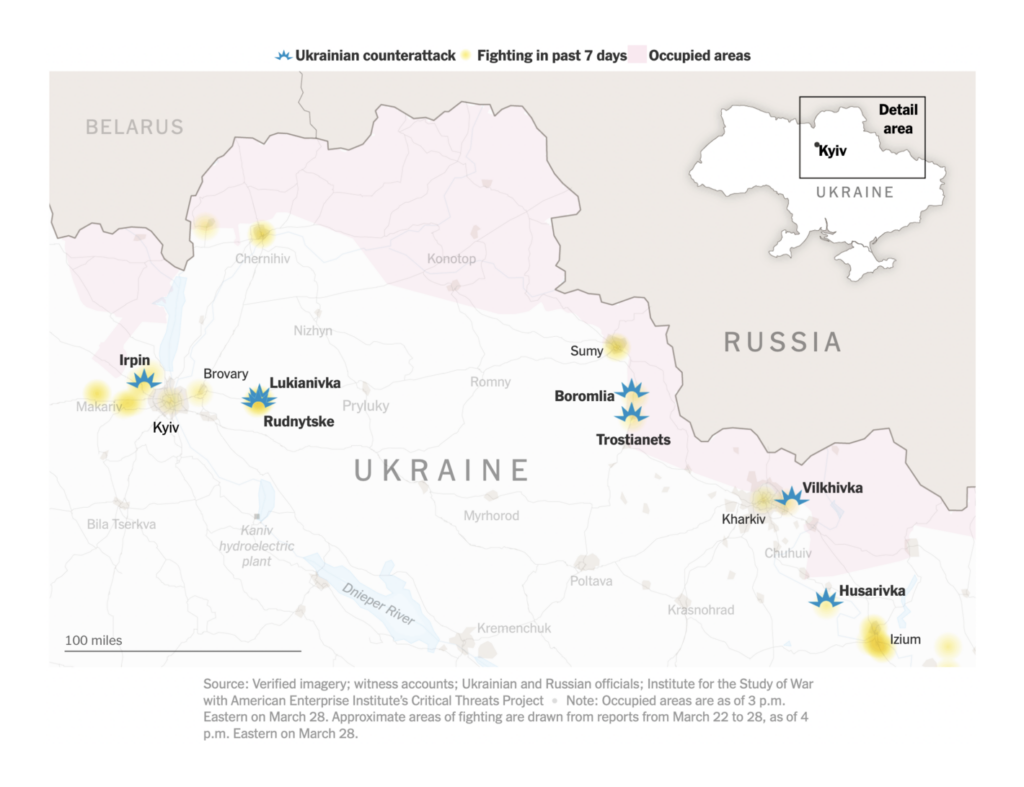
These two charts, from El Confidencial and La Vanguardia, visualize the same data to show how Russian casualties in Ukraine compare to wars from the past:


Texty looked at the loss and capture of arms and equipment:

Millions of Ukrainians have already been displaced by the war, both internally and in neighboring countries:



Russia’s invasion has already changed attitudes and policy in Europe and the rest of NATO:



And ordinary Russians are feeling the effects of sanctions and economic isolation — though their informational isolation might be even greater:



One major limitation on the international response has always been dependence on Russian energy imports:




But Europe is already considering how to limit that energy dependence in the future — whether through green policy or new sources of fossil fuels:

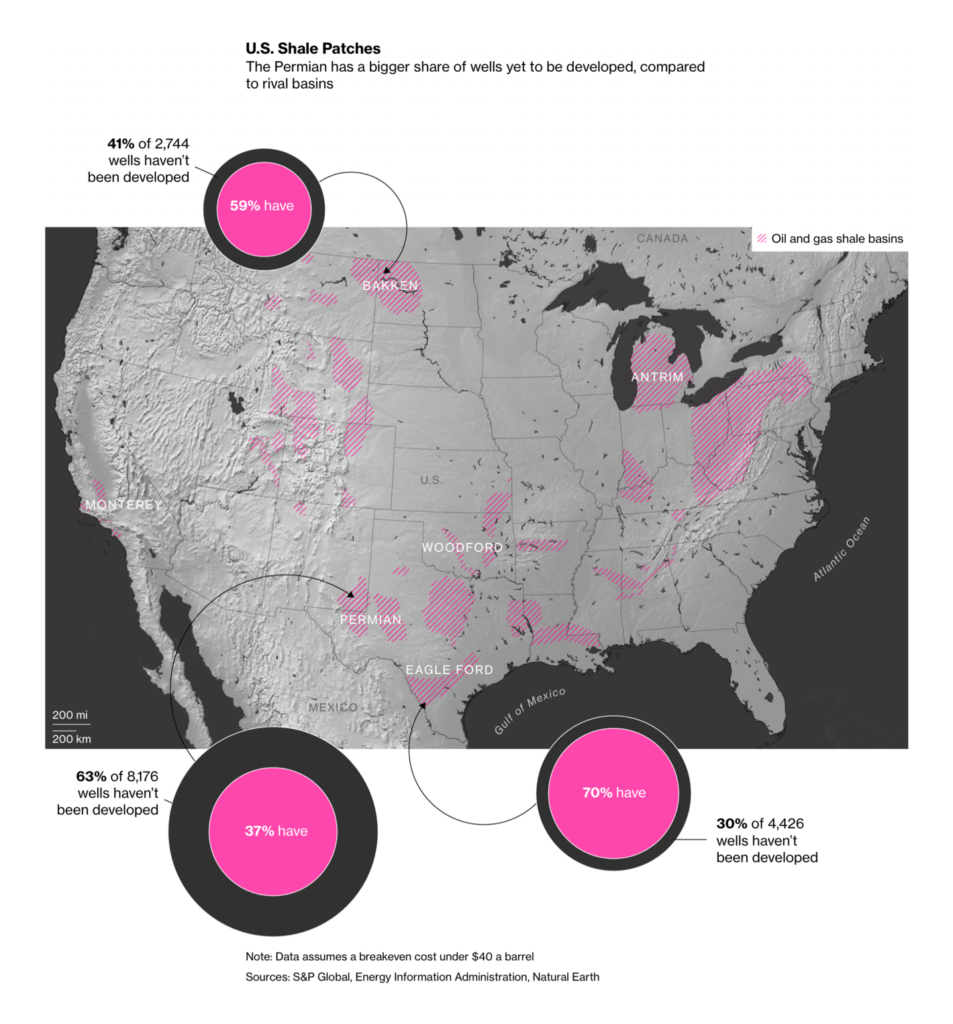
Meanwhile, there are still other good reasons to reduce our fossil fuel consumption:

Several maps this week specifically looked at the role of economic inequality in the climate crisis:
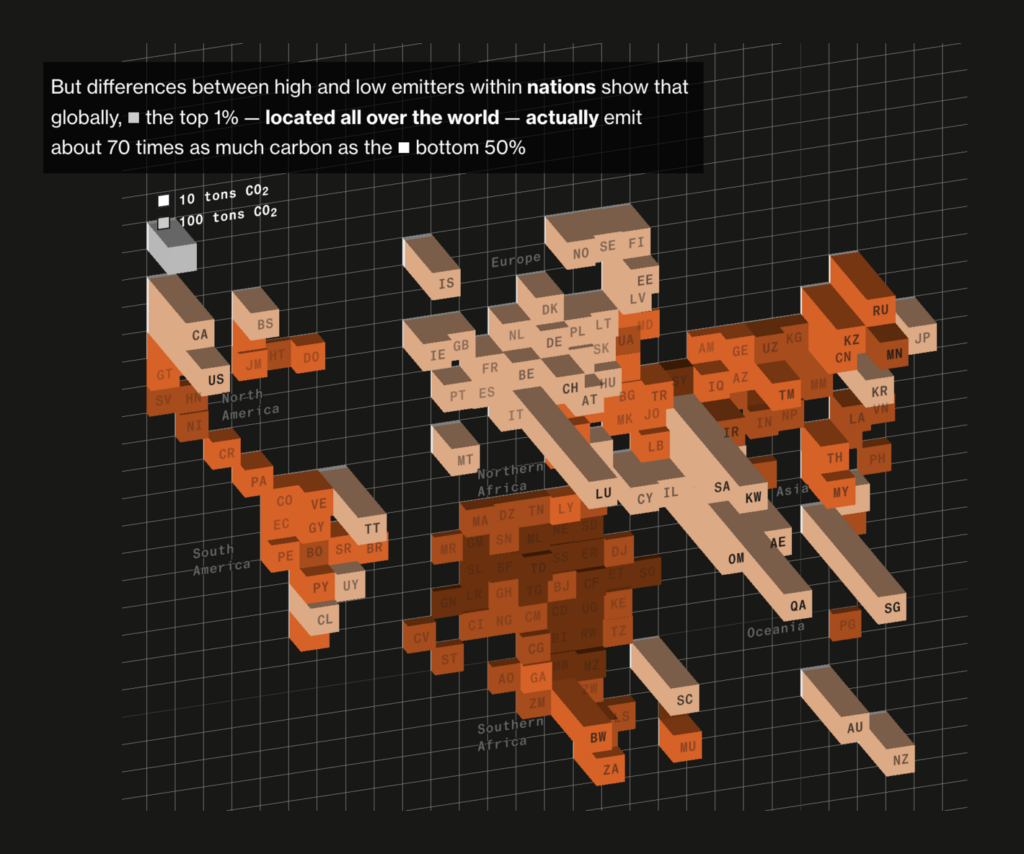


What else? Well, yet another COVID variant is displacing the original Omicron strain:



This chart from Axios neatly showed how politics and vaccines have affected the course of the pandemic in the U.S.:


The first round of the French presidential election is almost here:


And state elections in Germany this weekend also provided some fuel for charts:



Other charts and maps covered everything from abortion bans to bee colony collapse to the Oscars:




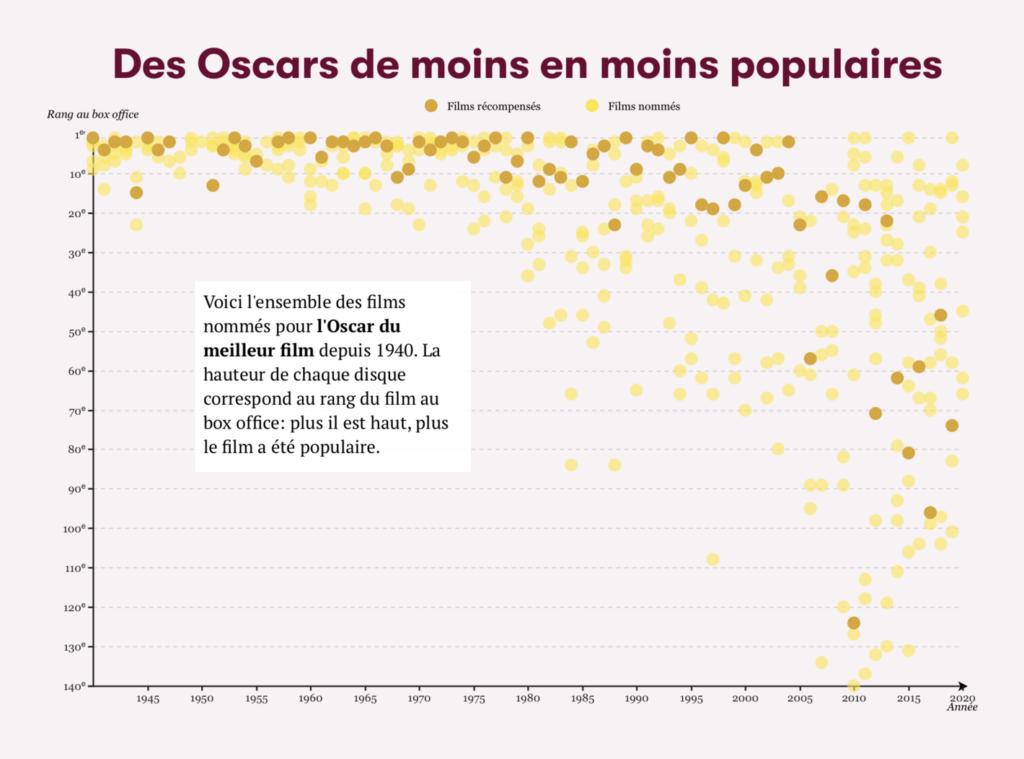


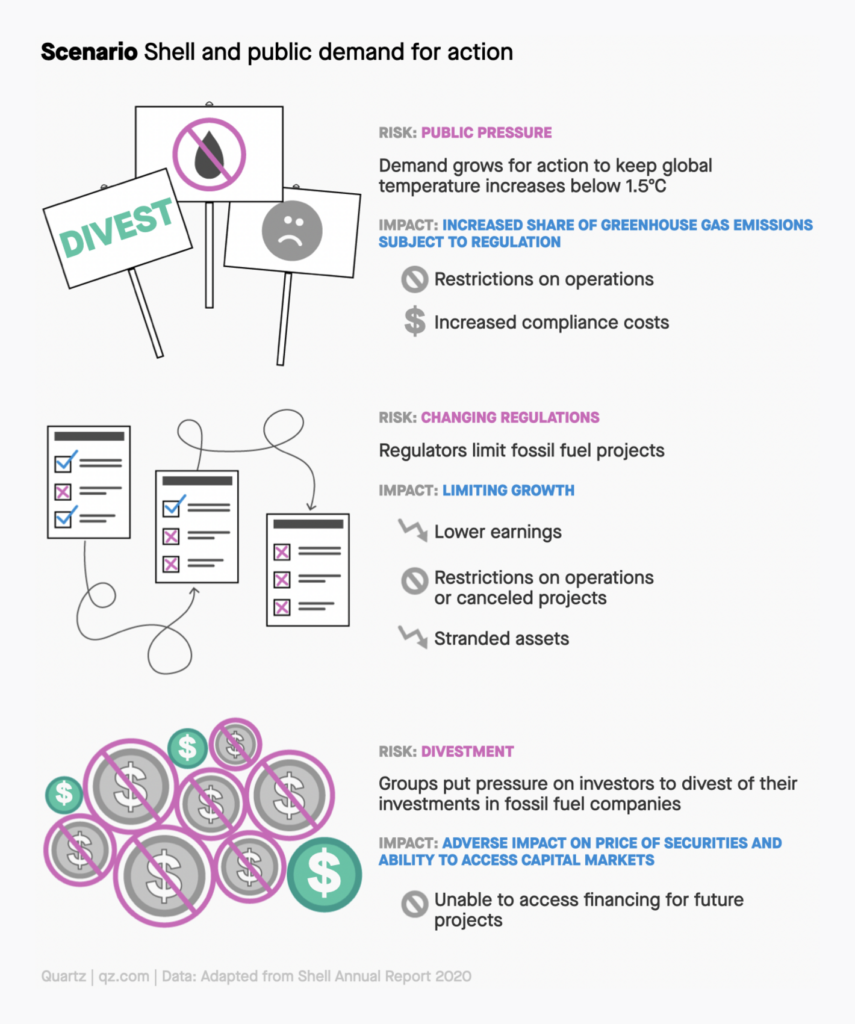


The Society for News Design recently announced winners of their Best of News Design competition in digital and print categories.
Applications are open for…
Help us make this dispatch better! We’d love to hear which newsletters, blogs, or social media accounts we need to follow to learn about interesting projects, especially from less-covered parts of the world (Asia, South America, Africa). Write us at hello@datawrapper.de or leave a comment below.
Comments